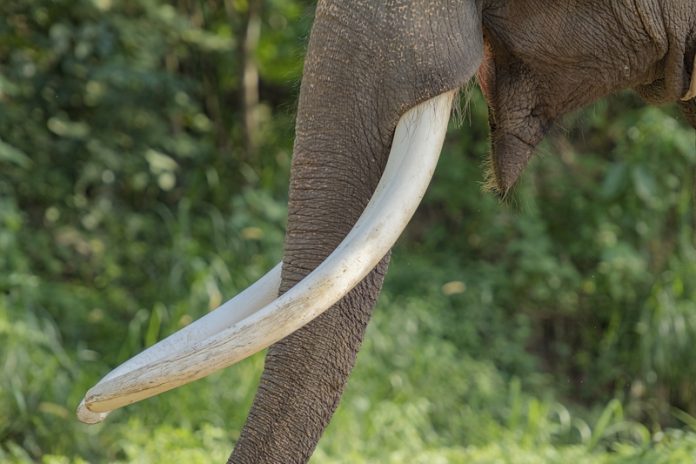The UK government is set to impose an ivory trade ban at all levels in order to reduce demand, protecting African elephants
An ivory trade ban has been attempted before, but it would have excluded the sale and procurement of certain antiques.
The new ban introduced by environment secretary Michael Gove will prohibit the sale and export of all ivory items, save for a few musical instruments and items of ‘cultural importance’.
The UK has become one of the world’s leading exporters of ivory in recent years, with more than 36,000 items exported from the UK between 2010 and 2015, despite a ban on the trade of elephant tusks.
Consultations on the proposals put forward by Mr Gove are set to start immediately, with Gove saying the need for ‘radical action’ to protect elephants is ‘beyond dispute’.
John Stephenson, chief executive of Stop Ivory, welcomed the proposal:
“The unprecedented crisis we face – with Africa’s natural heritage being destroyed and communities put at risk due to poaching by illegal armed gangs – will only stop when people stop buying ivory.”
“Along with our partners, we congratulate the government on this important step and look forward to working with it and our colleagues to ensure the ban is implemented robustly and without delay.”
A crisis for elephants
Not every wildlife campaigner is entirely enthusiastic about the proposed ban.
Previous attempts to impose similar, less restrictive, legislation have failed to make a start.
Some feel there are too many exceptions to the ban, such as sales between museums and sale of items with a small amount of ivory.
Elephant populations have been declining as illegal ivory trade is believed to be valued at £17 billion a year.
An estimated 20,000 elephants are slaughtered every year, and the population has decreased by a third.
Hippos also face extinction from poachers who kill them for their teeth, as well as their meat and skin, a trade believed to be exacerbated by bans on elephant ivory.
The government is expected to consult with conservationists, arts and antique sectors, and other ‘interested parties’ to reach the best agreement in 12 weeks of consideration.











